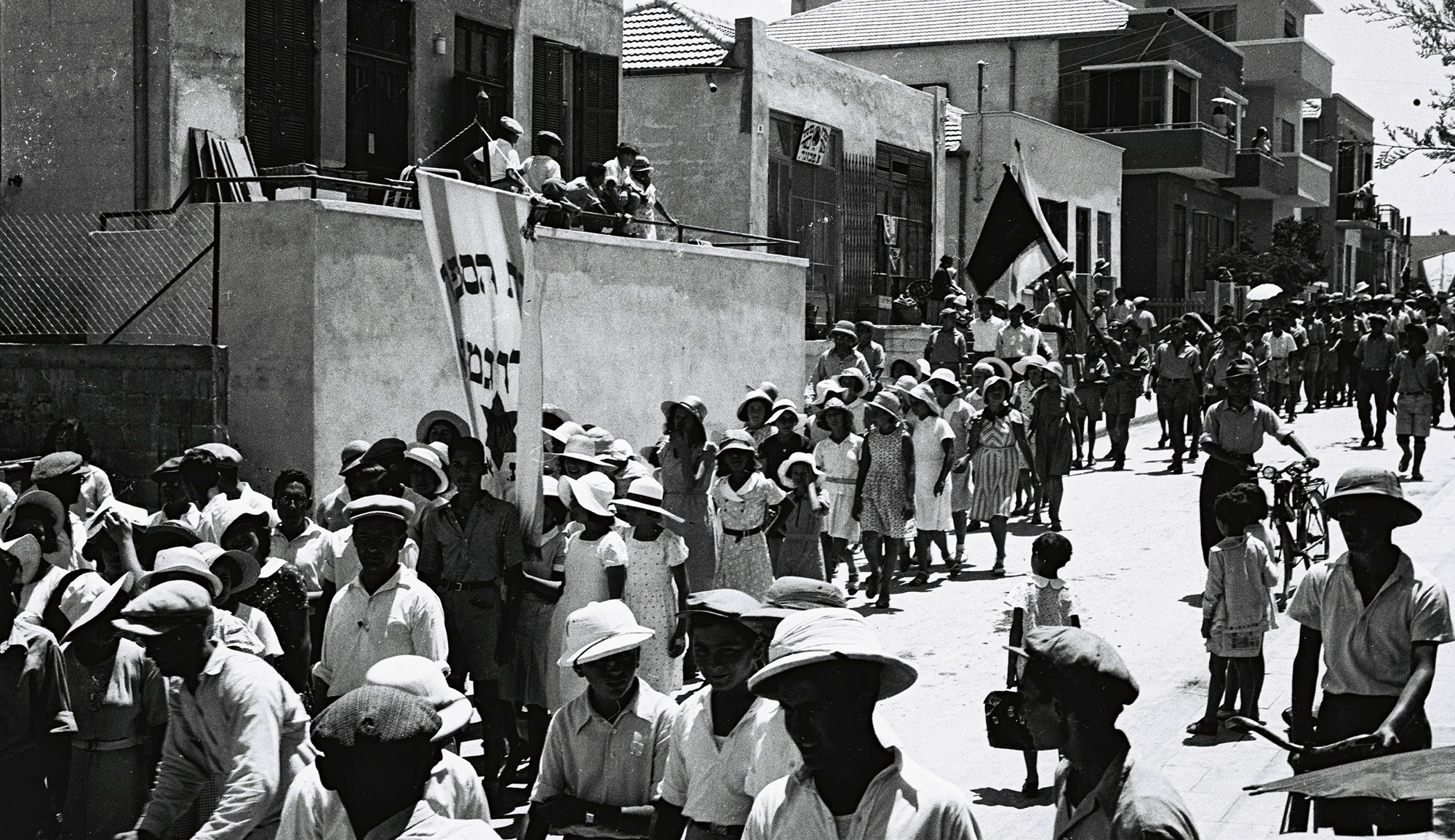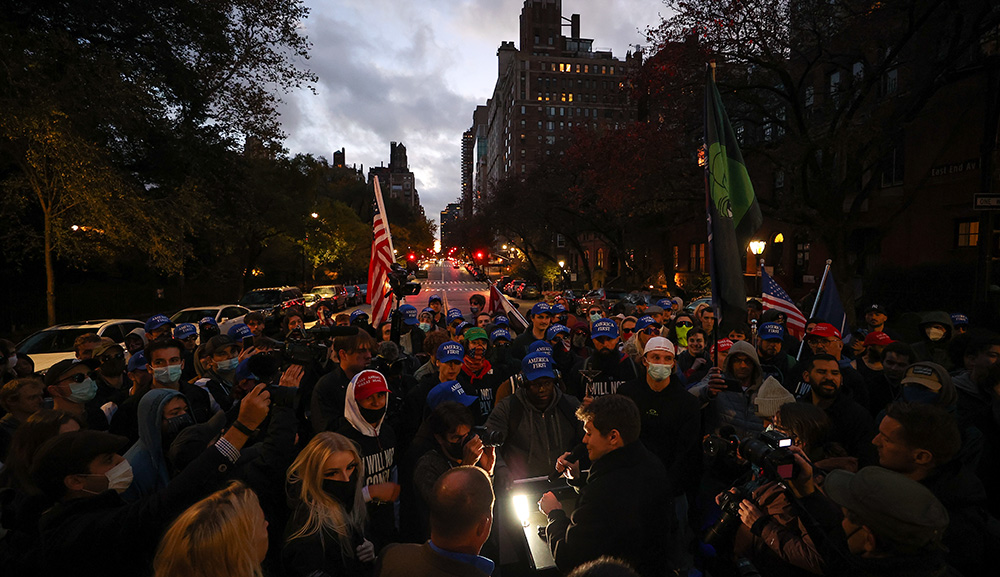The first and second books of Maccabees—on which the Hanukkah story is based—are not part of the Hebrew Bible, but they are included in Catholic and other Christian Scriptures. The books also inspired two Italian-made films, the 1911 I Maccabei and the 1962 Il Vecchio Testamento. Considering the latter, whose name curiously means “The Old Testament,” and which was intended for Italian, French, and American audiences, Matt Page writes:
The first book of Maccabees tells the story of Mattathias and his five sons John, Simon, Judas [i.e., Judah], Eleazar, and Jonathan, but the second zooms in to focus on the life of Judas. . . . [The director Gianfranco] Parolini’s version of the story, however, chooses a different path. Instead of making Judas the main hero, it opts for his brother Simon. . . . Judas is [portrayed] as something of an extremist, a man of violence. . . . It may be that . . . the filmmakers decided they needed a violent rebel to contrast with their more peaceable hero, but it’s also possible they worried that Christian-majority audiences in both Italy and America might not accept a hero named Judas. . . .
Whereas Judas had already been fighting the Syrian-Greeks [by the time the film’s action starts, his brother] Simon has been becoming friends with them. We first meet him dressed in Greek-style dress socializing with his soon-to-be wife Diotima and his best friend Antenone. As the conflict between the Syrians and the Jews intensifies, the dynamics between these three become more interesting. All three represent the more peaceable, moderate side of their people and are angered when their own countrymen inflict suffering on their friends. Early on in the film, Simon is shot by an arrow and Antenone nurses him to recover.
Later on, Antenone is executed by Jewish forces much to Simon’s dismay, [while] his spirit is shown to rise up in bodily form. This not only reflects the theological development we find in 2Maccabees of belief in some kind of afterlife, but also hands it to Antenone, a peaceable Gentile, rather than to the Jewish Mattathias, Judas, or Jonathan. While the absence of a resurrection for any of the Jewish heroes was not necessarily intended as a slight, certainly it reaffirms the film’s attempts to idealize a more compromising, peaceable approach over a specific religious conviction.
Alternatively the point could be made that [the film] attempts to de-Judaize these quintessentially Jewish heroes in order to portray their story as part of the journey toward a more “superior,” “tolerant,” Americanized Christianity. Of Mattathias and his five sons, it is the one who is least Jewish and most in tune with the dominant cultural empire who is promoted to become the hero, and it is a non-Jew who is resurrected and later portrayed as something of a Christ figure in the film’s closing moments.
More about: Arts & Culture, Bible, Film, Maccabees


